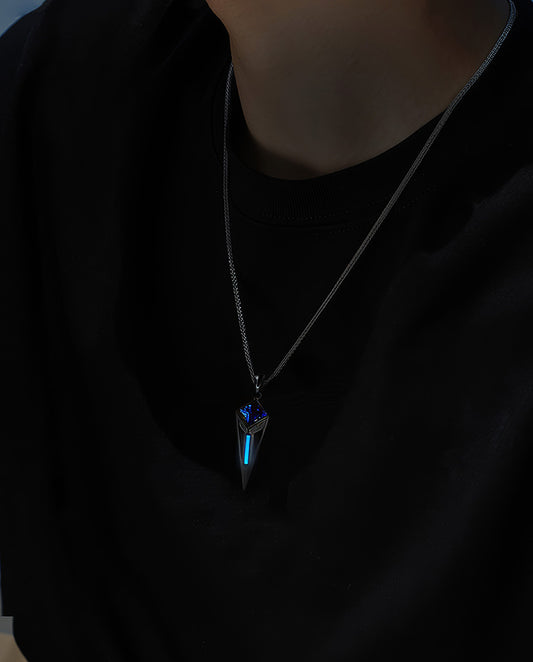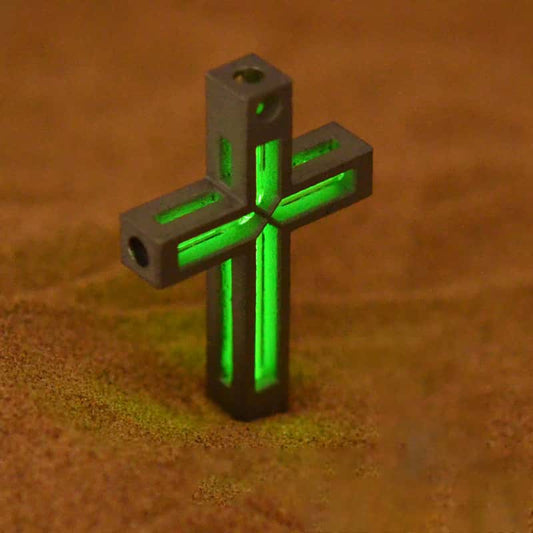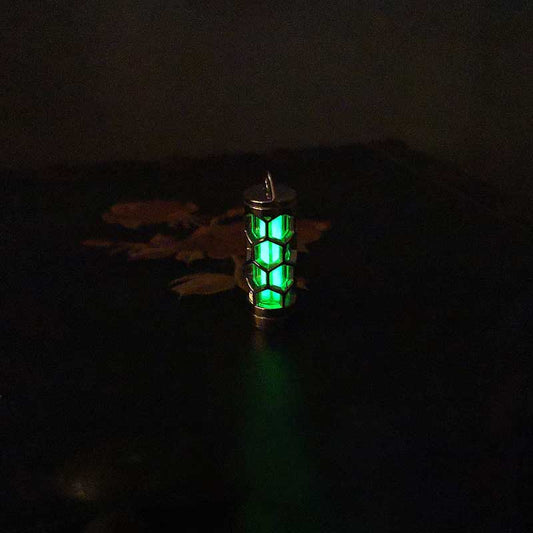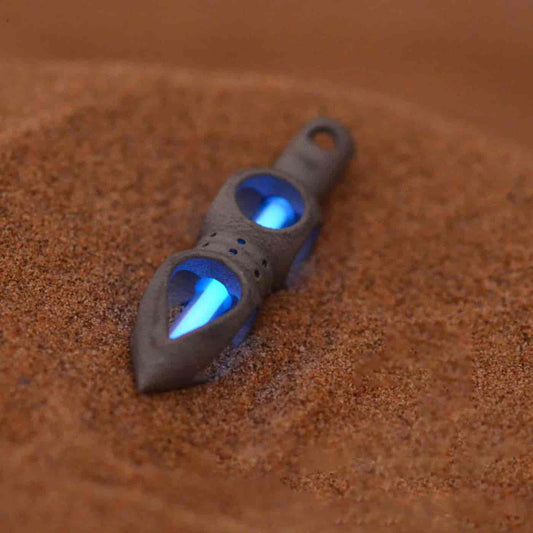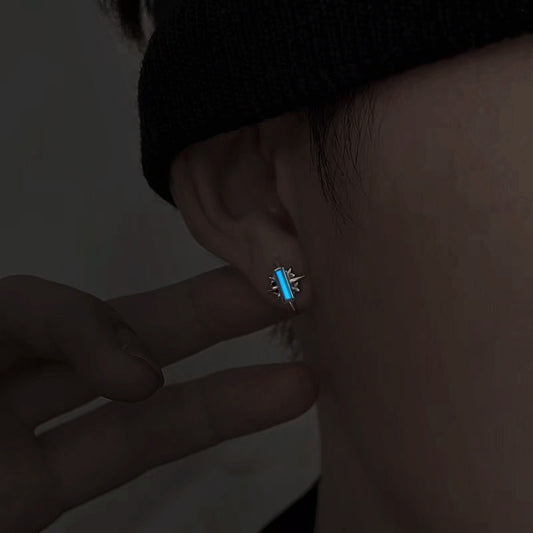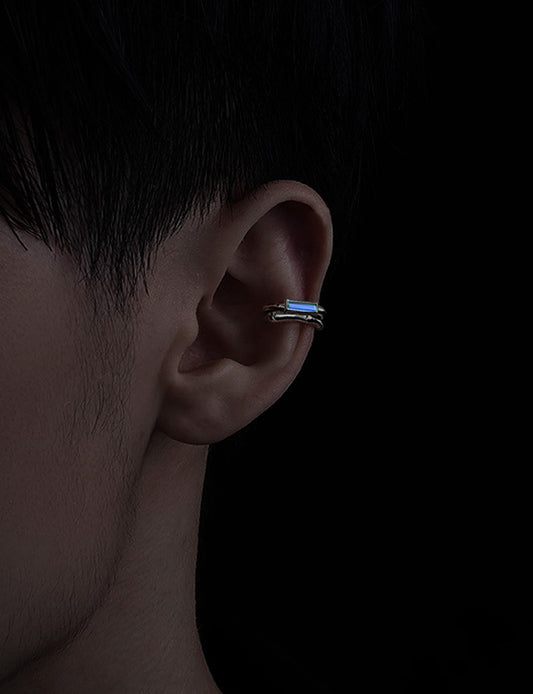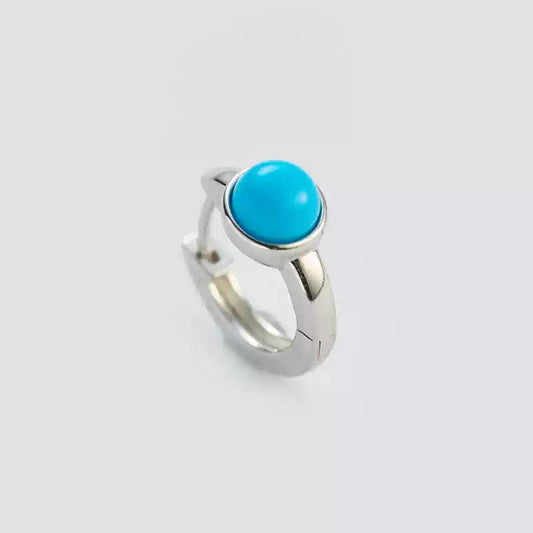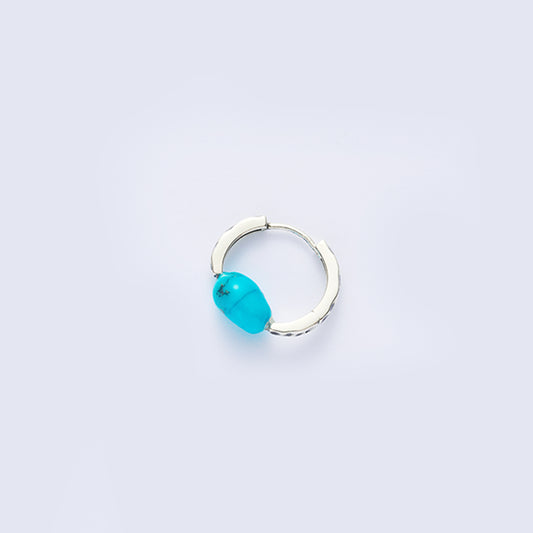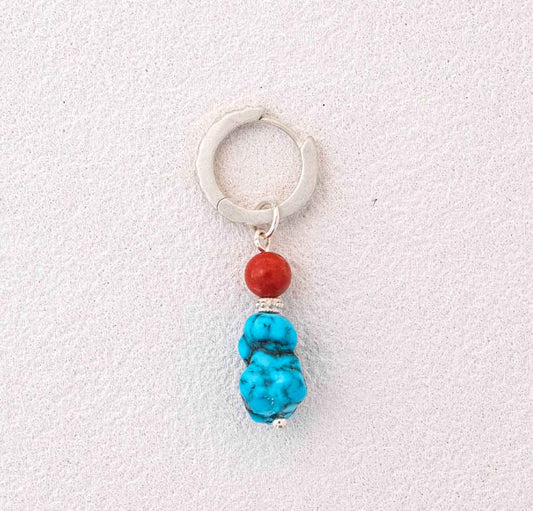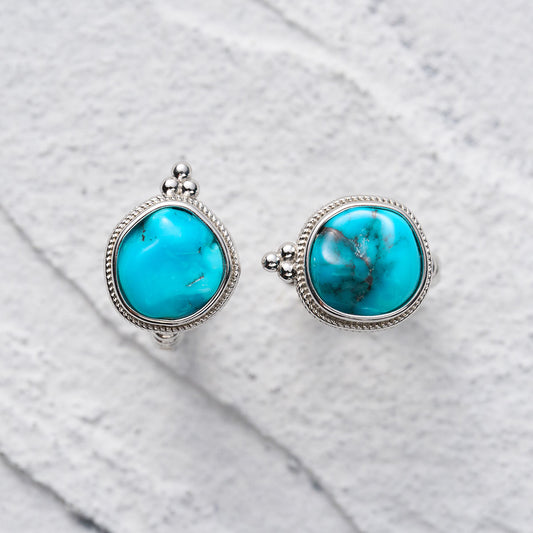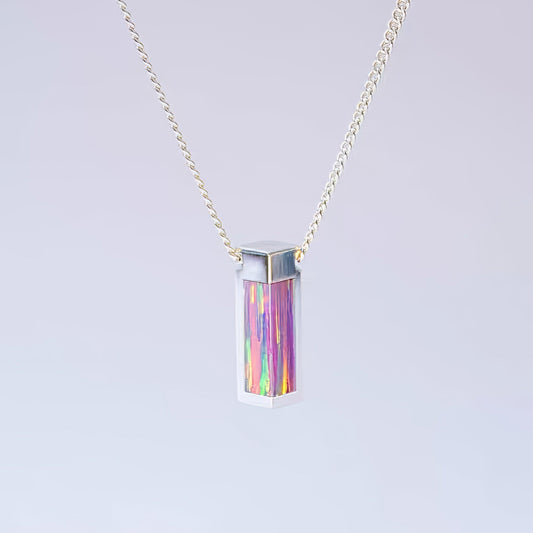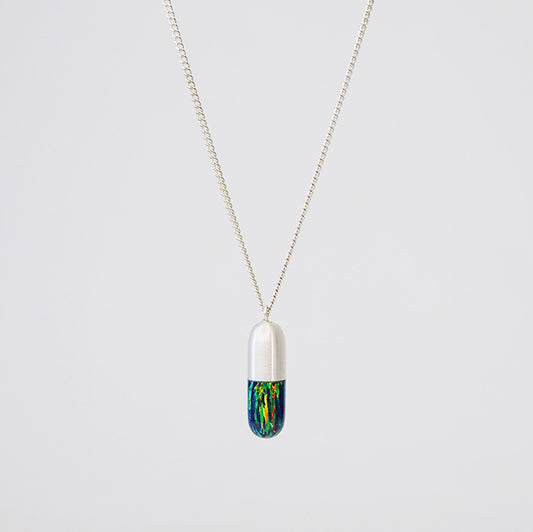The Best Man-Made Diamonds A Sparkling Choice for the Modern World
The Best Man-Made Diamonds A Sparkling Choice for the Modern World
I remember the afternoon I stumbled into the tiny jewelry shop on the corner of Maple and 5th. It was one of those days when the weather couldn't decide between rain and sunshine, and my raincoat still dripped from the unpredictable morning shower. Inside, the city noise faded into a gentle hum, and there they were—rows of glittering stones, each vying for attention. But it was a certain pair of earrings, with a sparkle that seemed to dance more vividly than the rest, that caught my eye. The shopkeeper leaned in with a grin, whispering, "Man-made, if you can believe it."
The allure of man-made diamonds—or lab-grown diamonds as they are more precisely called—has been a revelation in the jewelry world. Not only do they match the traditional mined diamonds in brilliance and durability, but they often come with a fascinating backstory that makes them even more intriguing. Imagine a diamond, born not from the earth's crust but from a meticulous process that mirrors nature's own. These gems are cultivated in high-tech labs where carbon atoms are coaxed into forming the iconic crystalline structures under precise conditions. It's as if science gave nature a helping hand, crafting beauty in a lab.
In recent years, the popularity of lab-grown diamonds has surged, not just for their aesthetic and ethical appeal but also due to their environmental considerations. I learned this firsthand when my environmentally conscious friend Claire chose a lab-grown diamond for her engagement ring, a choice she embraced with enthusiasm. Her decision was fueled by the desire to wear something that sparkled as brightly as her values. Unlike traditionally mined diamonds, the lab-grown variety have a significantly reduced environmental footprint, a factor that's becoming increasingly important to many consumers mindful of sustainable living.
Culturally speaking, these diamonds are reshaping perceptions, especially among millennials and Gen Z, who often value sustainability and ethics over traditional status symbols. It’s intriguing to think that a gemstone, traditionally tied to notions of ancient opulence and romantic myth, could evolve into a symbol of progressive thinking and thoughtful consumerism. It feels like a shift towards a more conscious luxury, where wearing a diamond isn't just about showcasing wealth but also a reflection of one's principles.
As I stood there, transfixed by the earrings' gleam, the shopkeeper's words lingered with me. I asked him about the intricacies of crafting such diamonds. His fervor was palpable, describing the advanced techniques akin to modern-day alchemy. He told stories of scientists donning lab coats instead of miners' helmets, wielding lasers instead of pickaxes. It's a marriage of art and science that feels almost poetic, yet deeply practical.
These diamonds also embody versatility in style. From delicate solitaire rings to intricate pendants, their quality allows for a range of designs that are as varied as the people who wear them. And, possibly most endearing of all, they often come at a price that doesn't require a king's ransom, making them accessible to more people without sacrificing quality.
As I left the shop that day, my mind raced with thoughts of how this iconic gemstone is being redefined in our time. Perhaps, in a world that’s ever-evolving and full of choices, the best options are those that let us embrace the new without forsaking the beauty of the past. After all, isn't it wonderful when something so timeless can also feel refreshingly modern?
